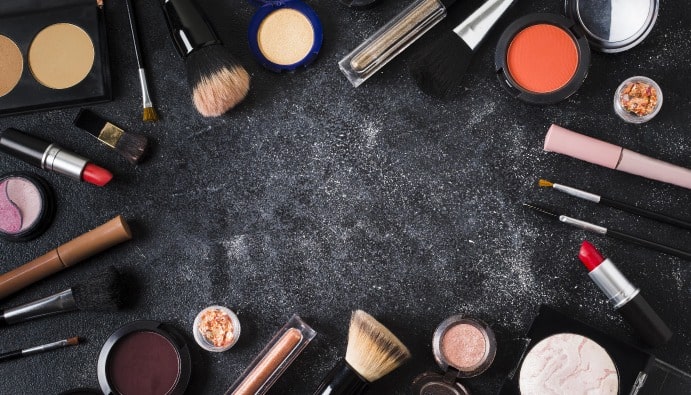Preservatives in Cosmetic Products
Natural or synthetic substances added to prevent deterioration of products are preservatives. One of the most important challenges of the cosmetics industry is the wide range of preservatives. There are many reasons for using preservatives in terms of quality. Preservatives are used to reduce the risk of microbial contamination of cosmetic products and to ensure that the product remains safe throughout its specified shelf life and use period.Cosmetic products can be contaminated with microorganisms. This situation causes the product to deteriorate, thus causing performance and financial loss. At the same time, consumer health can be adversely affected by microorganism contamination and proliferation.
The use of contaminated cosmetic products may cause various infections and health reactions on the skin. For this reason, preservatives should be inspected and used within the scope of safety and quality tests in cosmetic products.
• Parabens (methylparaben, ethylparaben, propylparaben, butylparaben)
• Phenoxyethanol
• Triclosan
• Methylisothiazolinone and methylchloroisothiazolinone (MIT/CIT)
• Proxel (BIT)
• Benzyl alcohol
• Chlorhexidine
• Sorbic acid (and its salt, potassium sorbate)
• Benzoic acid (and its salt, sodium benzoate)
• Dehydroacetic acid (and its salt, sodium dehydroacetate)
• Salicylic acid
Preservatives are used in the cosmetic products listed below:
• Fragrance
• Lipstick
• Shampoos
• Lotions
• Moisturizer
• Face and shower cleansers
• Nail polish
• Nail glue
• Hair gel
• Hair smoothing products
• Baby shampoo
• Shower gel/soap
• Anti-aging products


